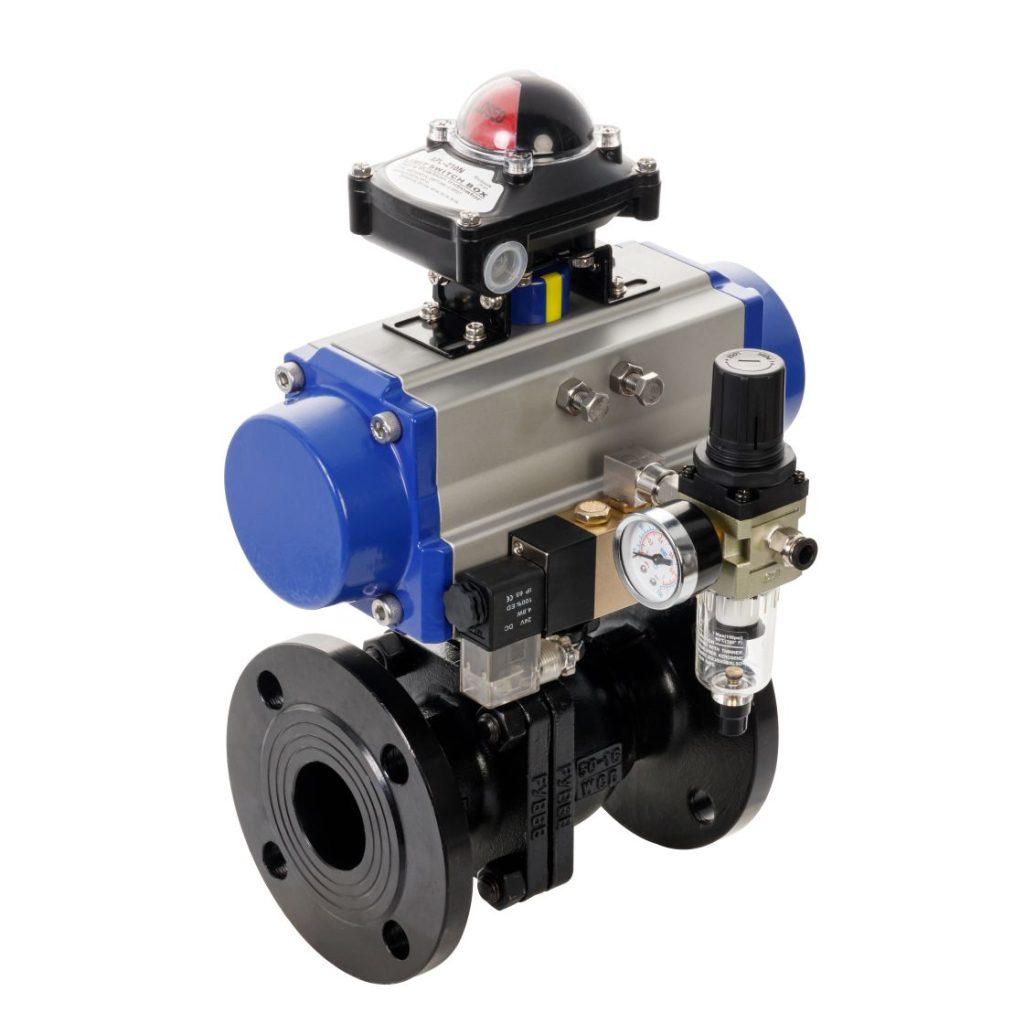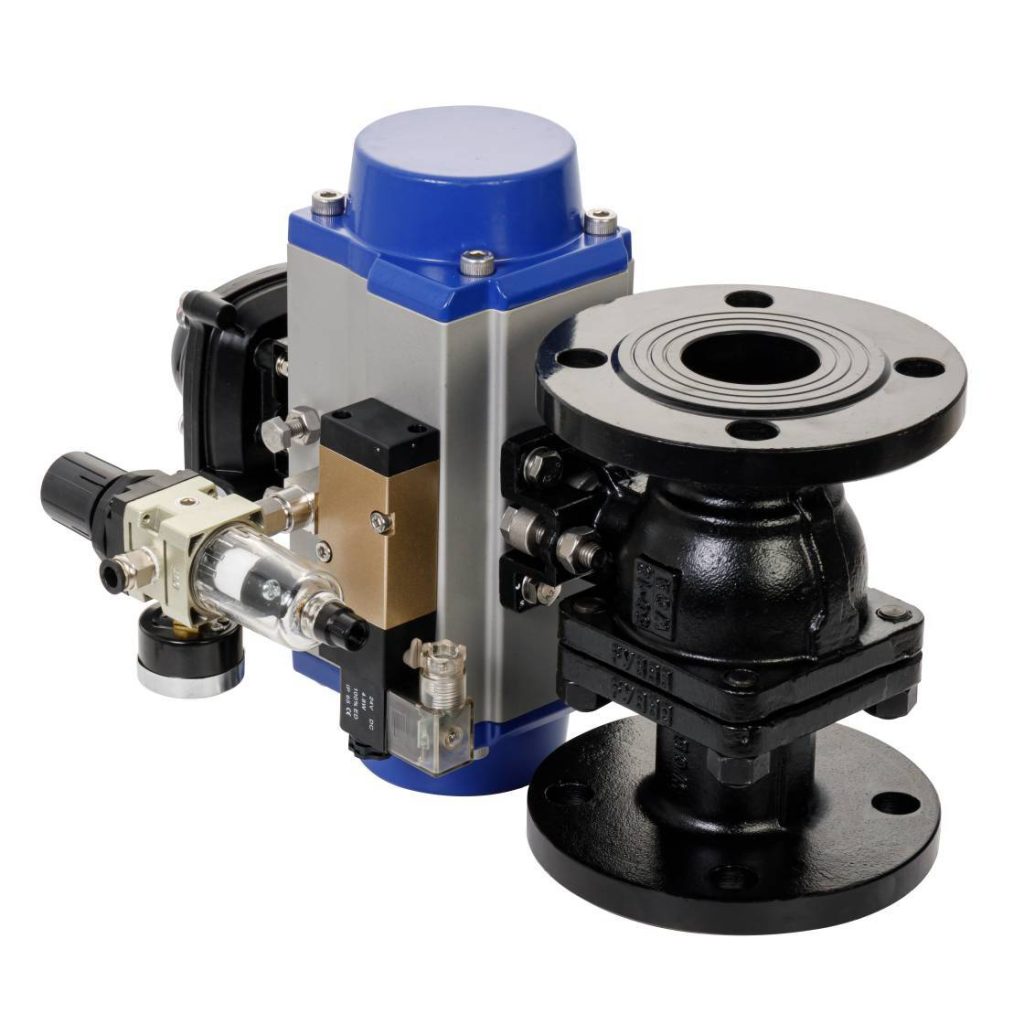In recent years, hydrogen energy has garnered significant attention as a promising alternative to traditional fossil fuels. As the world strives to reduce its carbon footprint and transition to greener energy sources, hydrogen has emerged as a key player in this revolution. However, to fully harness the potential of hydrogen, advanced technologies and systems are required to store, transport, and manage the flow of this highly flammable gas. One such critical component is the hydrogen energy pneumatic ball valve, a device that plays a pivotal role in the safe and efficient operation of hydrogen-based energy systems.

What is a Hydrogen Energy Pneumatic Ball Valve?

A hydrogen energy pneumatic ball valve is a type of valve that uses pneumatic pressure to control the flow of hydrogen gas through a pipeline or system. It consists of a spherical ball with a hole through the center that rotates to open or close the valve, regulating the flow of gas. The valve is actuated by compressed air, which moves the ball inside the valve body to either allow or stop the gas flow. Hydrogen energy pneumatic ball valves are specifically designed to handle the unique challenges posed by hydrogen, including its low molecular weight, high diffusivity, and flammability. These valves are typically made from materials that are compatible with hydrogen, such as stainless steel or specialized alloys, ensuring that they can withstand the pressures and demands of hydrogen systems while maintaining safety and performance.

Leave a Reply